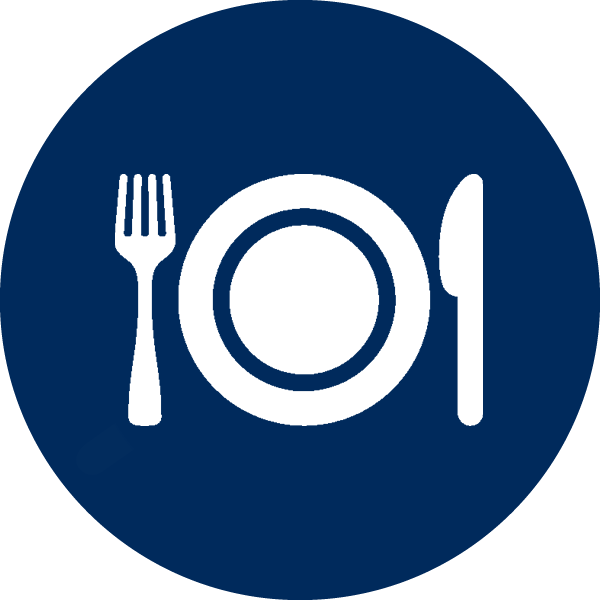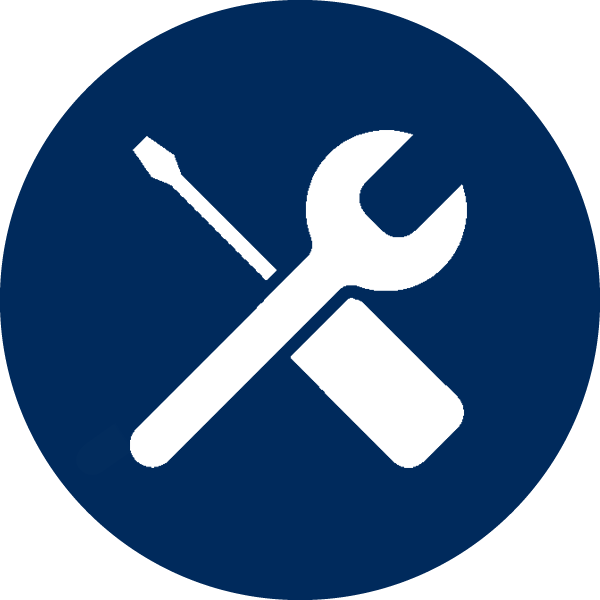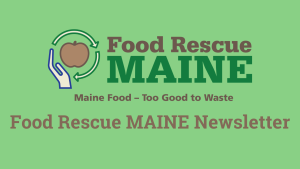Our Six Solutions

In 2015, a Mitchell Center multidisciplinary team identified eliminating food waste as the single most important issue to ensure a more sustainable waste system in Maine. In 2019, a new interdisciplinary team was funded to help identify triple-bottom-line solutions to end wasted food in Maine.
Following the Mitchell Center research approach, our team worked with Maine’s major food businesses and organizations including retailers, distributors, farmers, manufacturers, hospitality, hospitals, schools, Congresswoman Pingree’s office, and others to identify stakeholder-driven food waste solutions that would deliver major economic, social and environmental benefits for Maine.
We combined this with best-practice research looking for successful global, national, and regional solutions to end food waste. Finally, we utilized the Maine DEP Food Recovery Hierarchy to ensure that our solutions followed the reduction/recovery/recycling hierarchy.
At this point, six (6) food waste solutions have been identified and the team is working with key stakeholders to develop and launch specific pilots related to each of the six solution areas. These solutions are meant to be combined together for maximum impact.
Maine Food Recovery Hierarchy
I. Prevent Wasted Food & Food Loss
II. Feed People
III. Feed Animals
IV. Compost or Convert to Fuel
V. Landfill disposal and Incineration
Maine Food Waste Solutions the “big Six”
These solutions are meant to be combined together for maximum impact
Solution 1: Measure, Track, and Save
The objective of solution one is to build a simple yet effective, universal Maine business food waste reporting system to track, measure and report lbs. food waste over a time period. The system is designed to identify/report the primary types and causes of food waste. Additionally, the system helps develop specific sustainability solutions to reduce, recover, and recycle food waste.
While our household food waste tracker is available directly through our website, any Maine businesses interested in using our FREE business food waste tracker should send an email to the Mitchell Center/Food Rescue MAINE team at foodrescuemaine@maine.edu.

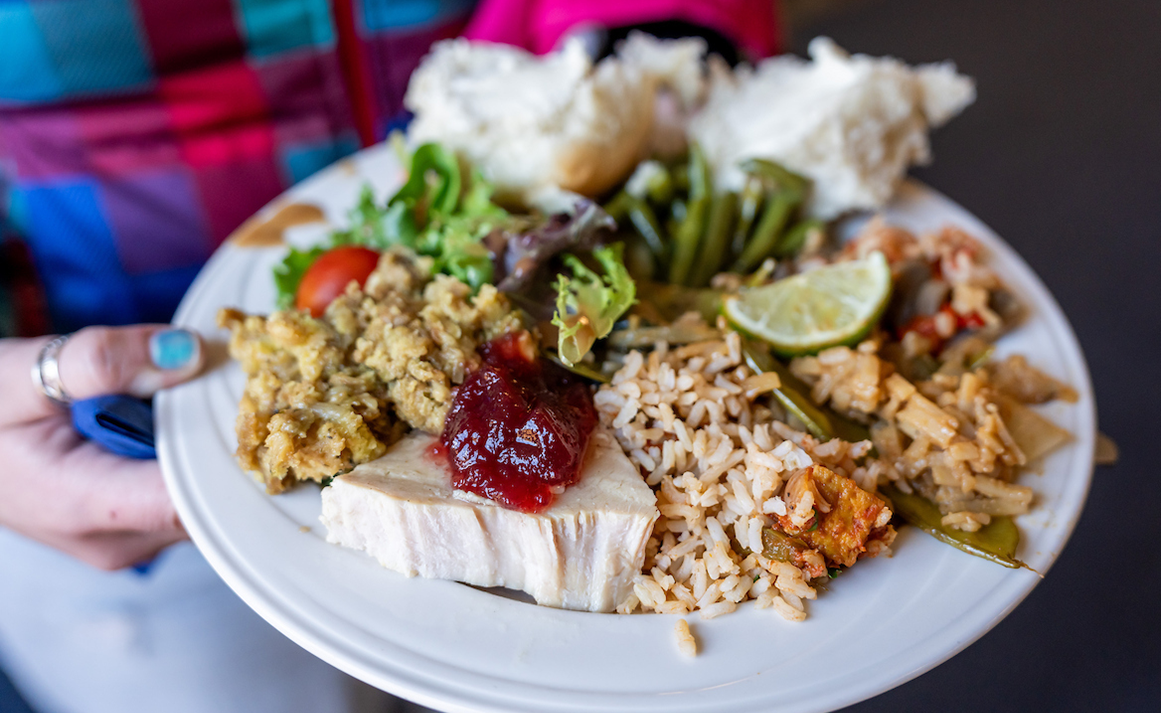
Solution 2: Food Rescue Software System
The objective of Solution 2 is to reduce wasted food with “a food rescue software system that uses zip codes to identify Maine food available, Maine food needed, and local volunteers to transport.” This solution reduces food waste using a Maine Food Recovery Hierarchy recovery strategy that prioritizes feeding people. The triple bottom line benefits include saving money spent to address food insecurity, feeding hungry Maine people, and providing environmental protections.
After reviewing the most successful food rescue software systems used nationally, the Mitchell Center selected the Food Rescue US system
Solution 3: Education
The goal of the solution three is to educate the public on food waste. We are creating education plans for public schools to get involved with ending food waste. We have created a K-5 consumer food waste education and awareness campaign for Winslow Elementary School and Portland Public Elementary Schools (Talbot and Rowe) to inform Mainers about food waste and how to mitigate or avoid its production.
We are also creating a high school consumer food waste education and awareness campaign to inform Maine students about food waste and the benefits of composting/food recycling at their school.

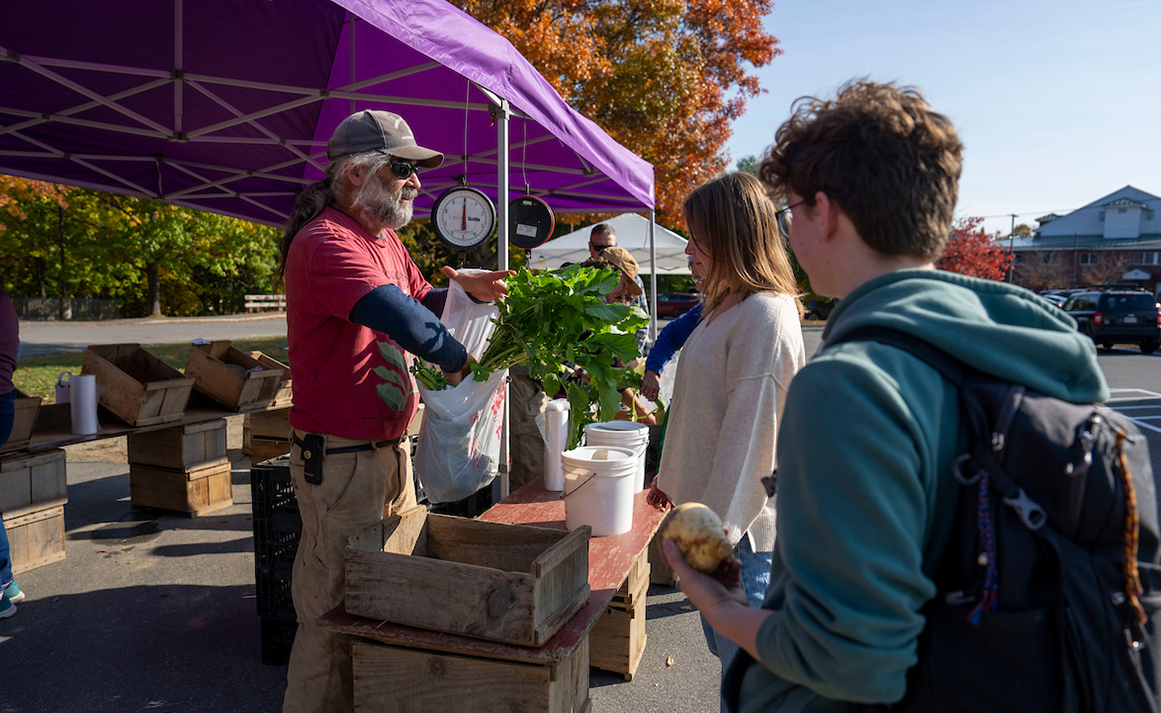
Solution 4: Saving Farm Surplus
Solution four works with farmers and food processors to find a way to make farm surplus into edible foods. The objective is to look specifically at farm surplus because 30%-40% of food grown never leaves the farm. This could be either because farm machinery isn’t able to harvest everything, the food is not up to “beauty specs”, or it is just not able to be stored for long periods of time.
A survey has been submitted to local Maine farmers to gauge what they have for surplus and why that is. The results show that all farmers are experiencing a surplus, and this could be for several reasons: costs, labor, and storage seem to be the most present reasons for surplus.
Solution 5: Increase Donations
The goal for Solution 5 is to reduce wasted food by generating increased food donations. This solution follows the Maine Food Recovery Hierarchy strategy to recover food to prioritize feeding people. Our specific recommended solution tool is a Mitchell Center Maine Food Donation Toolkit which reduces wasted food while providing donors with greater profits, addressing local food insecurity, and protecting natural resources.

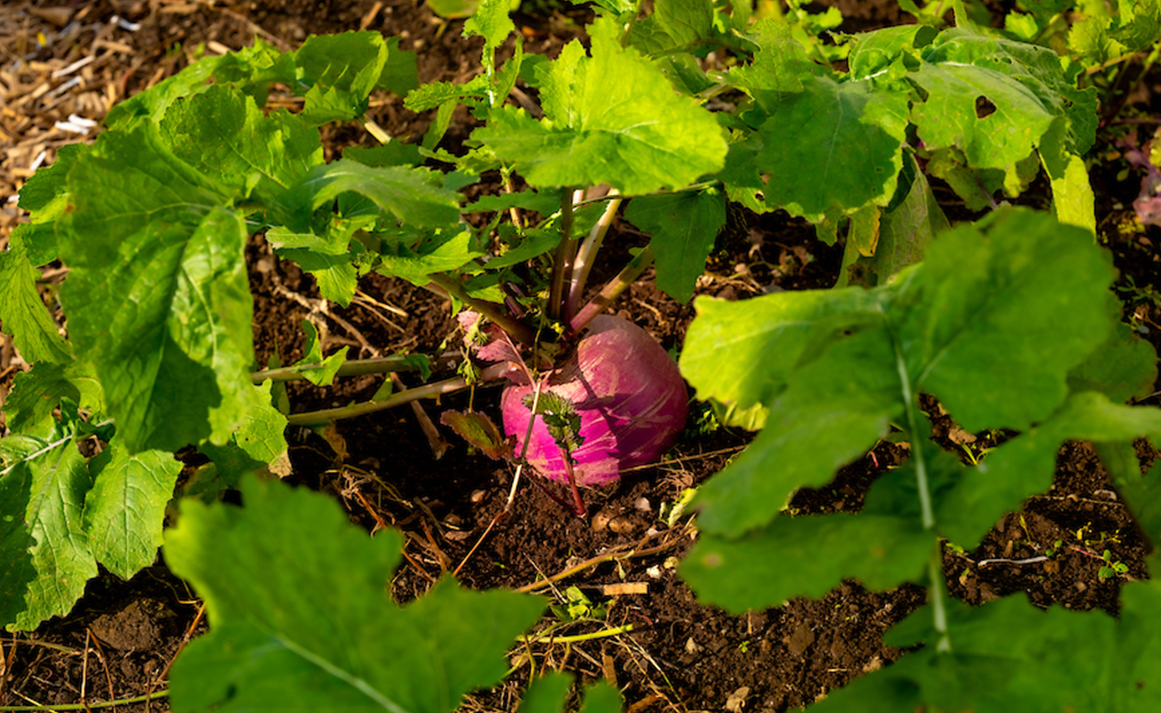
Solution 6: Divert Food Out of Landfills
The goal of Solution 6 is to reduce wasted food by diverting food from Maine’s landfills. Landfilling food or “trashing” food is costly and wastes the value of food – the nutrients and energy – that could be used to produce compost or biogas/anaerobic digestion. As a result, the Mitchell Center Solution 6 focuses on food recycling programs statewide. These programs can use private or municipal curbside collection or community collection sites or even home composting – anything that diverts food from ending up in the landfill.


